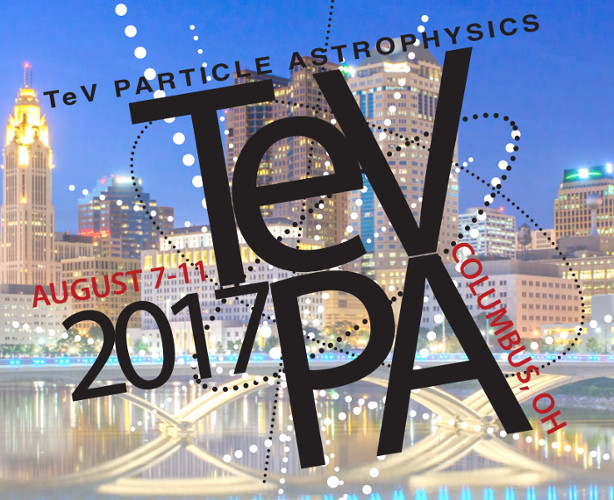Speaker
Description
Recent results on the Extragalactic Background Light (EBL) intensity obtained from a combined likelihood analysis of blazar spectra detected by the MAGIC telescopes are reported. The EBL is the optical-infrared diffuse background light accumulated during galaxy evolution, directly and/or reprocessed by dust, which provides unique information about the history of galaxy formation. The low energy photons from the EBL may interact with very high energy (VHE, E > 100 GeV) photons from blazars, which are a subclass of Active Galactic Nuclei whose relativistic jets point towards Earth. This interaction between the EBL and the gamma-ray photons leaves an energy-dependent imprint of the EBL on the VHE gamma-ray spectra of the blazars. Therefore, the study of their spectra can be used to constrain the EBL density at different wavelengths and its evolution in time. The MAGIC telescopes are a stereoscopic system of two Imaging Atmospheric Cherenkov Telescopes of 17 m diameter each, situated in La Palma, Spain, and sensitive to gamma-ray photons with energies larger than about 50 GeV. In the last few years the MAGIC telescopes obtained accurate measurements of the spectra of 12 blazars in the redshift range from z=0.03 to z=0.944 for over 300 hours of observation. This allows us to improve upon previous constraints on EBL by MAGIC, compatible with the state-of-the-art EBL models.




